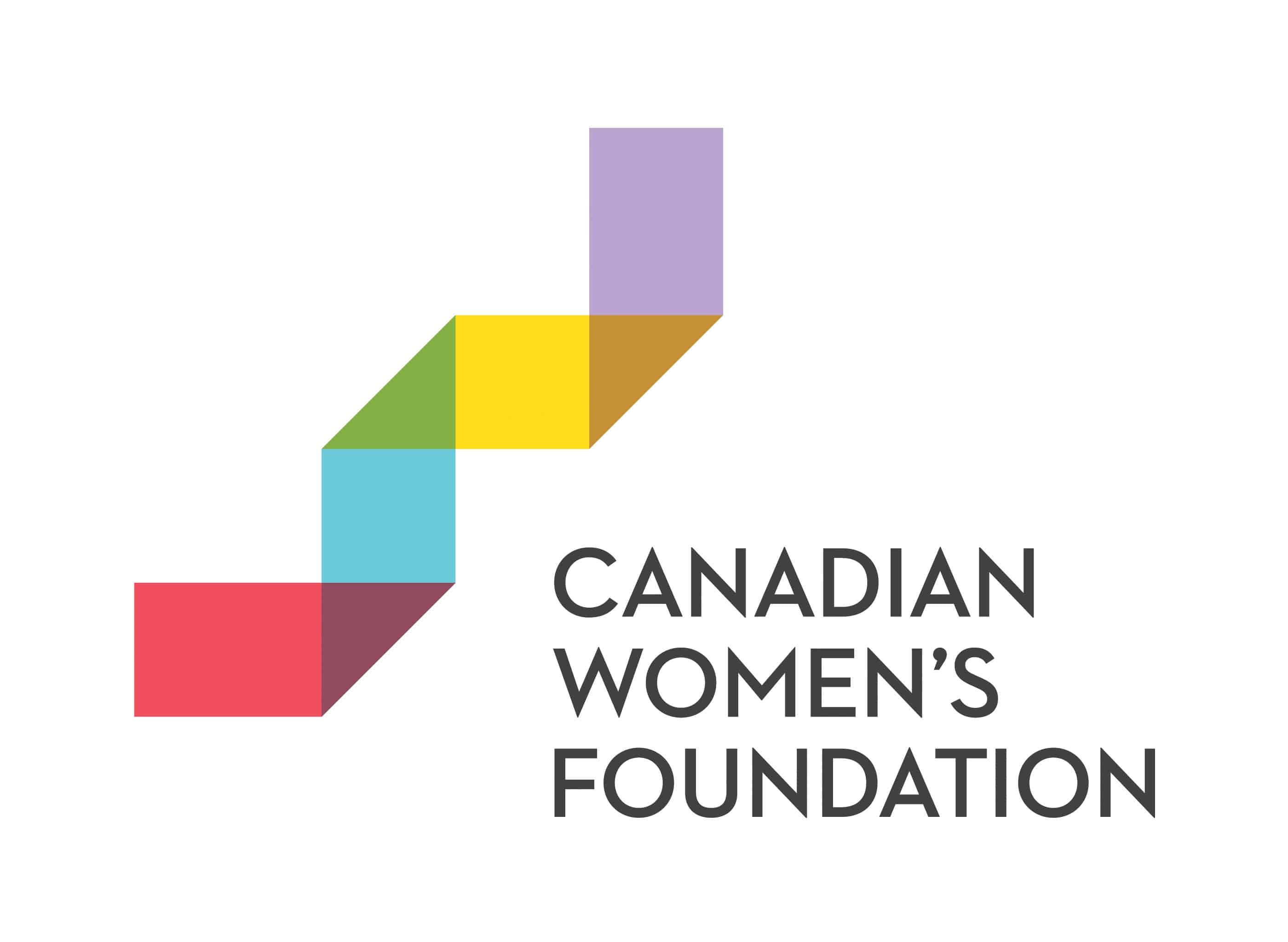
The crisis came at a difficult time in Alberta—the province has been struggling to deal with a recession for months. As the fire died down, another disturbing story emerged: domestic violence has been on the rise in Calgary.
Police believe that the stress of the province’s economic slump and subsequent job loss has exacerbated the problem. Alarmingly, research also shows that violence between partners can increase following a natural disaster. After Hurricane Katrina, violence between partners rose by 98%. In unstable conditions, shelters may be forced to close, making women increasingly vulnerable to violence.
The situation in Alberta serves as a reminder that violence against women continues to be a serious issue across Canada, whether there’s a natural disaster or not. Here are 10 statistics that underline the importance of supporting violence prevention programs, shelters, and programs that help women rebuild their lives after leaving abusive relationships:
-
Every six days, a woman is killed by an intimate partner.
Statistics Canada data shows that the number of women murdered by a current or former partner fluctuates each year, but works out to about one homicide every six days.
-
Women are 11 times more likely than men to be sexually assaulted.
Police-reported data suggest that women experience sexual violence at rates that are 11 times higher than men.
-
Less than 5% of sexual assaults are reported to the police.
According to the 2014 General Social Survey on victimization, 553,000 women said they experienced sexually assault, but only 5% of sexual assaults were reported to the police that year.
-
Only a third of Canadians understand what consent means.
A 2015 survey by the Canadian Women’s Foundation found that two thirds of respondents were not able to identify that consent must be both positive and ongoing.
-
The homicide rate for Aboriginal women is six times higher.
Aboriginal women are killed at six times the rate of non-Aboriginal women and three times more likely to report experiencing violence.
-
60% of women with a disability experience violence.
The DisAbled Women’s Network of Canada says that 60% of women with a disability report experiencing some form of violence. The Centre for Research and Education on Violence Against Women & Children says that women with cognitive and physical impairments experience violence two to three times more often than women without impairments.
-
On any given night, there are over 6,000 women and children sleeping in shelters because it's not safe at home.
Based on a one-day snapshot of shelter data, about 4,476 women and their 3,493 children use shelters across the country – 78% of them were there because they experienced abuse. But according to a report by the Canadian Network of Women’s Shelters & Transition Houses, there isn’t enough room for everyone who needs help and about 300 women and kids are turned away each night.
-
Women are twice as likely to report being sexually harassed at work.
A 2014 Angus Reid poll measuring sexual harassment and assault in Canadian workplaces found that 20% of women experience unwanted contact while at work, compared to 9% of men.
-
Two thirds of people know a woman who has been physically or sexually abused.
According to a Canadian Women’s Foundation survey, two thirds of people said they know a woman who has been physically or sexually abused. That number represents only the women who decided to tell someone.
-
Children who witness domestic violence are twice as likely to attempt suicide.
A study from the University of Toronto says that kids who witness ten or more episodes of domestic violence before the age of 16 are twice as likely to attempt suicide. They are also more likely to develop psychological disorders and experience abuse themselves.
As we work toward ending violence against women, the good news is that there are many ways Canadians can come together to help address the situation, as they did during the Fort McMurray fire. Here are some ways you can help:
- Talk about the facts with friends and family to increase awareness about the violence women experience.
- Teach prevention strategies to young people so they can learn to build healthy relationships and recognize signs of abuse.
- Support survivors of violence who come forward or confide in you. Listen without judgement and offer them your respect.
Everyone deserves to live a life free from violence and together we can make it happen.
Learn More
- Take the pledge to join GEN1 and help build the first generation free of violence against women and girls.
- Sign up for our e-newsletter to have our latest stories and resources sent to your inbox.
- Follow us on Facebook and Twitter to join a national conversation on ending violence.







